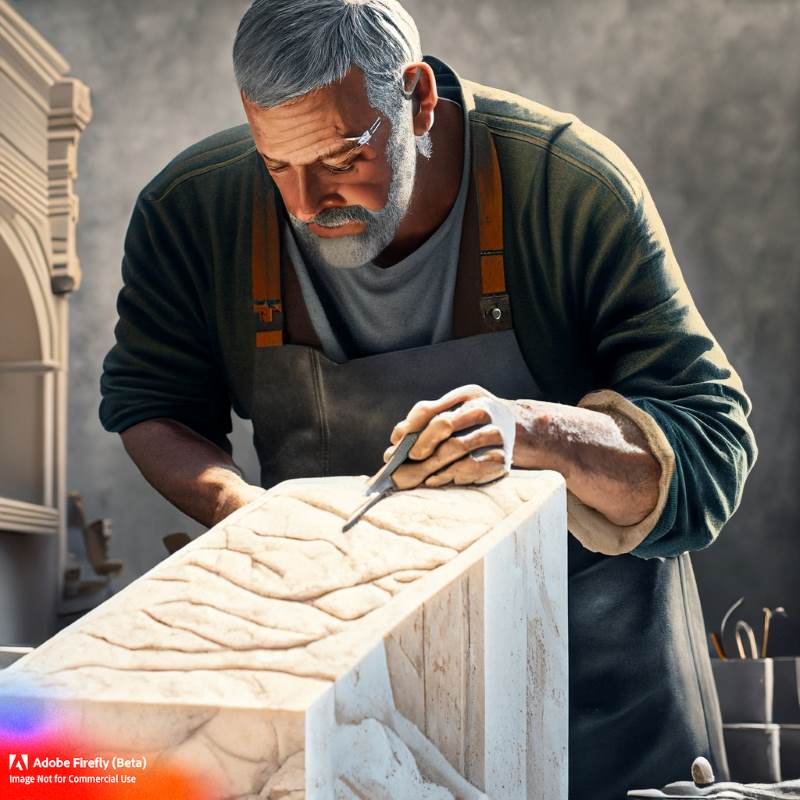How Lapidary and Stonemasonry Have Stood the Test of Time
Discover the ancient arts of stonemasonry and lapidary in this informative and quirky article. Learn about the skillset of these artisans, their rich history, and how they continue to thrive in modern times. Explore the beauty and durability of these timeless crafts.

Stonemasonry and lapidary are ancient arts that have stood the test of time. These craftspeople have been essential in creating some of the most iconic architectural landmarks and decorative objects. Even today, stonemasonry and lapidary continue to be popular, with artisans still using traditional methods to create beautiful and long-lasting objects.
What is Lapidary?
Lapidary is the art of cutting, shaping, and polishing stones. It is a craft that has been practiced since ancient times, and it is still popular today. Lapidary artisans work with precious and semi-precious stones, including diamonds, emeralds, sapphires, and rubies. They use a variety of tools, such as diamond saws and grinding wheels, to shape the stones into desired shapes and sizes. After the shaping process is complete, the stones are polished to achieve a smooth and shiny finish.
The Art of Stonemasonry
Stonemasonry is the craft of shaping and carving stones into various shapes and sizes for construction purposes. Stonemasons use different types of stone, including limestone, marble, granite, and sandstone. They use a range of tools, such as chisels, hammers, and saws, to cut and shape the stone. Stonemasons work on buildings, bridges, and monuments, and their work is often seen as a symbol of quality and durability.
The Skillset of a Stonemason
The work of a stonemason requires a unique skill set. They must have strength and finesse, as well as a careful eye and a steady hand. In addition to their manual skills, stonemasons also incorporate images into the creative process. They take existing models and stylize them by conceiving and bringing their vision to stone. Stonemasons understand the unique qualities of each stone and modify it with blows of varying intensity to bring their vision to life.
Stonemasonry has a rich history and a deep connection to traditional guilds. These guilds were groups of artisans who shared their knowledge and skills, allowing the craft to be passed down through generations. The craft of stonemasonry has evolved, with new techniques and tools being developed, but the dedication to quality and attention to detail remains the same.

Stonemasonry in Modern Times
Today, stonemasonry is used in a variety of settings. Stonemasons work on public and private buildings, creating beautiful facades, porticoes, and intricate carvings. They also work on everyday objects, such as countertops and table bases, adding an element of elegance and durability. In recent years, there has been a trend of combining thick glass with carved stone bases in the shape of columns or horses, creating stunning tables and desks that blend modern design with traditional craftsmanship.
Stonemasonry and lapidary are timeless crafts that continue to inspire and amaze. These artisans have played a significant role in shaping the world we live in and have created some of the most beautiful and long-lasting objects in history. The craft has evolved, but the dedication to quality and attention to detail remains the same. Today, stonemasonry and lapidary continue to thrive, providing us with beautiful and durable objects that will stand the test of time.




